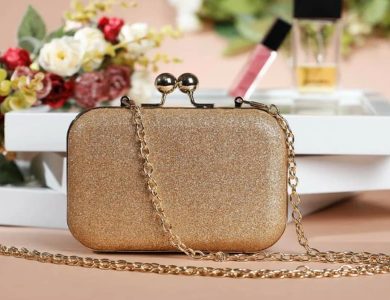Over-Ear vs. Noise-Cancelling Headphones: Which Suits You Best?

Selecting the ideal headphones might involve considerations of lifestyle, comfort, and the intended application in addition to sound quality. Noise-cancelling headphones and over-ear headphones are two of the most widely used types. Despite the fact that they are frequently discussed together, they each have unique advantages. Knowing the differences can help users in Singapore who are balancing work calls, quiet time, and commuting make the best decision for themselves.
1. Understanding Over-Ear Headphones: Comfort and Immersion
Over-ear headphones are known for their large ear cups that fully enclose the ears. This design provides a naturally immersive soundstage, which many music lovers appreciate. Because they don’t sit directly in the ear canal, they’re often more comfortable for longer listening sessions, especially for people sensitive to in-ear pressure.
If you work from home or spend hours editing audio or video, over-ear headphones offer the kind of listening experience that helps you stay focused. Their size can be a drawback in terms of portability, but for comfort and quality, they remain a favourite.
2. What Noise-Cancelling Means
Noise-cancelling headphones come in many shapes and sizes, including over-ear models. What sets them apart is their ability to actively reduce external noise. Using built-in microphones, these headphones detect ambient sound and produce a counter-signal to cancel it out.
This makes them ideal for flights, MRT rides, or noisy cafes. In Singapore’s bustling urban environment, noise-cancelling headphones give you the ability to create your own quiet space. Whether you’re tuning into a work call or listening to music while surrounded by traffic, the reduction in background noise can feel like a relief.
3. Can You Get Both in One?
The good news is you don’t always have to choose one over the other. Many over-ear headphones today come with active noise-cancelling features. This hybrid style gives you the comfort of an over-ear design and the benefits of noise reduction technology.
However, not all combinations are equal. Some models emphasise noise-cancelling more heavily, which can affect audio fidelity, especially in lower frequencies. Others balance both well but come at a higher price point. If you’re after premium performance, investing in a pair that excels in both areas may be worth it.
4. Lifestyle Use: Where Will You Use Them?
Your environment often dictates what type of headphone suits you best. Over-ear headphones are great for static settings like home offices or studios. They offer rich, full-bodied sound and tend to be more durable.
Noise-cancelling headphones, however, shine in motion. Whether you’re commuting across the city or working in an open-plan space, they help reduce distractions. If your priority is peace in noisy surroundings, this feature can make a huge difference.
Think about how often you’ll be moving around, what kind of noise levels you’re dealing with, and whether you prefer immersion or insulation.
READ MORE: Can Noise-Cancelling Devices Block Sound Without Music? Find Out Here
5. Sound Preferences: What Are You Listening To?
For audiophiles, sound quality is everything. Over-ear headphones usually deliver deeper bass, clearer mids, and more spacious acoustics. They’re ideal for genres like jazz, classical, or soundtracks where nuance matters.
Noise-cancelling headphones might slightly alter the sound profile due to the technology at work. That said, many models now come with apps that allow you to customise EQ settings. If you listen to spoken-word content, like podcasts or audiobooks, the slight trade-off in sound quality may not even be noticeable.
6. Battery Life and Portability
If you’re always on the move, battery life matters. Noise-cancelling features use more power, so these headphones need regular charging. Over-ear headphones without active features often have longer battery life, especially in wired mode.
In terms of portability, over-ear designs can be bulkier to carry around. Some models fold flat, but they still take up more space than earbuds or smaller on-ear options. Noise-cancelling headphones, particularly in travel-friendly designs, tend to be more compact and lightweight.
7. Price and Long-Term Value
Price is a key factor, especially when comparing models with different features. Over-ear headphones range from affordable to high-end studio-grade options. Noise-cancelling models typically come with a premium, especially if the technology is top-tier.
However, long-term value depends on how often you use them and how well they suit your needs. A slightly more expensive pair that fits your lifestyle may serve you better than a cheaper one that ends up unused.
Conclusion
Both over-ear headphones and noise-cancelling headphones offer distinct advantages. If comfort, sound quality, and immersive listening are your priorities, over-ear designs are a reliable choice. If your day involves travel, shared spaces, or constant background noise, the benefits of noise-cancelling technology can be transformative. Ultimately, the best choice balances your daily routine, listening habits, and personal comfort.
To learn more or explore your options, contact One Futureworld.



